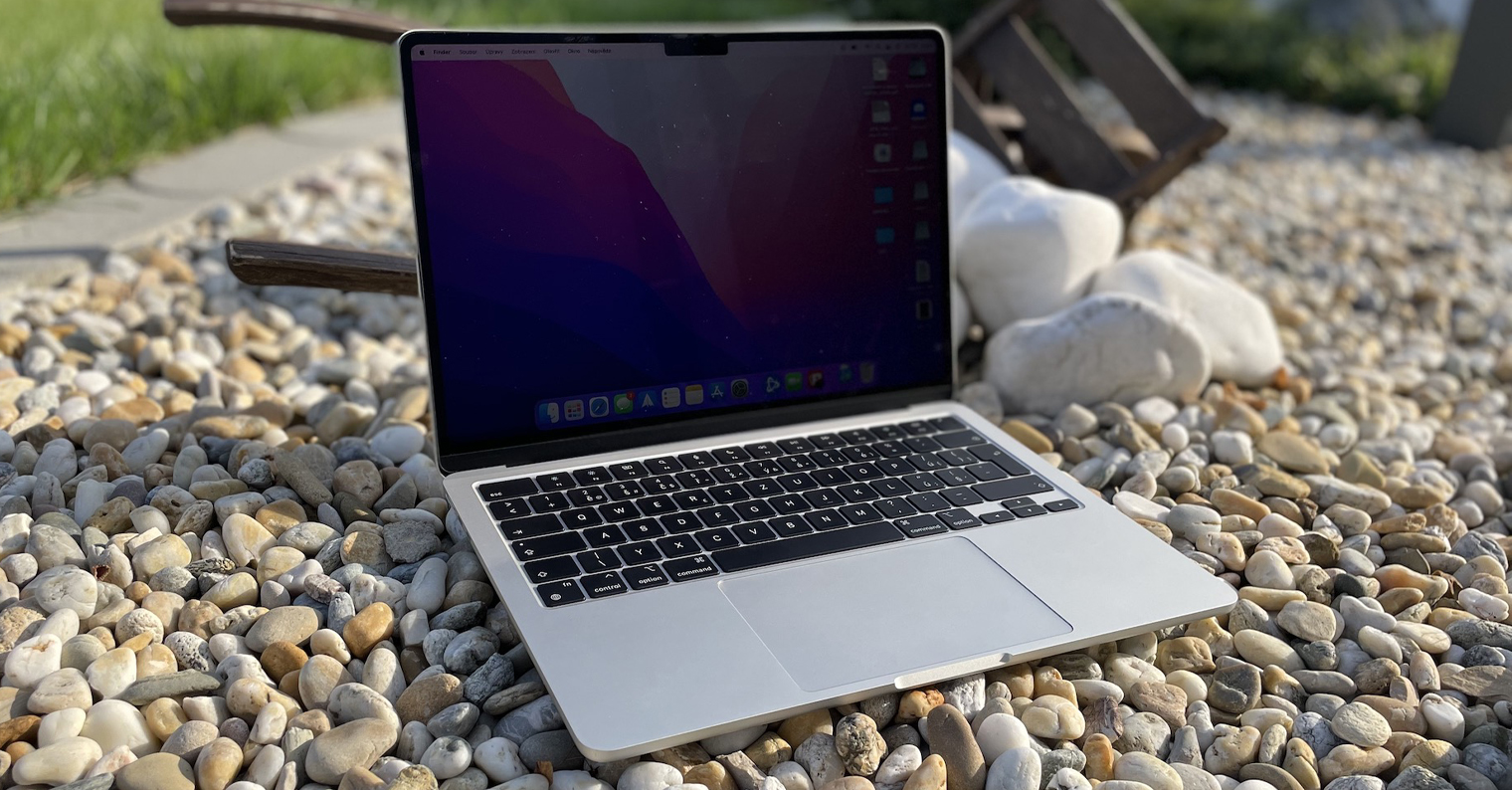In the vast majority of cases, the use of Apple computers will be completely trouble-free if handled correctly. But sometimes it can happen that even if you treat your Mac in an exemplary way, it starts to annoy you, and for example, it can show a folder icon with a flashing question mark at startup. How to proceed in such cases?
It could be interest you

Mac shows a folder with a question mark
If a black and white icon with a flashing question mark appears on your Mac's screen when you start it, and your Mac doesn't boot up, this indicates a problem. Problems with the start of the Mac - including the display of the mentioned icon - are definitely not pleasant. Fortunately, these are rarely unsolvable problems. Displaying a folder icon with a question mark often signals more serious problems, but it is usually not the end of the world.
What does a flashing question mark folder mean?
If an image of a folder with a flashing question mark appears on your Mac after startup, you can immediately point to several potential problems with the hardware or software of your Apple computer. The cause could be a failed update, a corrupted file, or hard drive problems. But don't panic just yet.
What to do if your Mac shows a folder with a question mark after startup
If you have this problem, you can try several different solutions. One of them is to reset the NVRAM memory. To reset NVRAM on a Mac, first shut down the computer, restart it, and immediately press and hold the Cmd + P + R keys. Release the keys after about 20 seconds. If this procedure does not work, you can proceed to the next steps.
It could be interest you

In the upper left corner of your Mac screen, click Apple menu -> System Preferences. Click on the Startup disk, click on the lock in the lower left corner of the window and confirm the login. Check that the correct startup disk is active, or make the appropriate change in the preferences, and restart the computer.
The last option is to boot into recovery mode. Turn off your Mac by long pressing the power button. Then turn it back on and immediately press and hold Cmd + R. On the screen that appears, choose Disk Utility -> Continue. Select the drive you want to repair and click Rescue at the top of the window.
 Flying around the world with Apple
Flying around the world with Apple 


